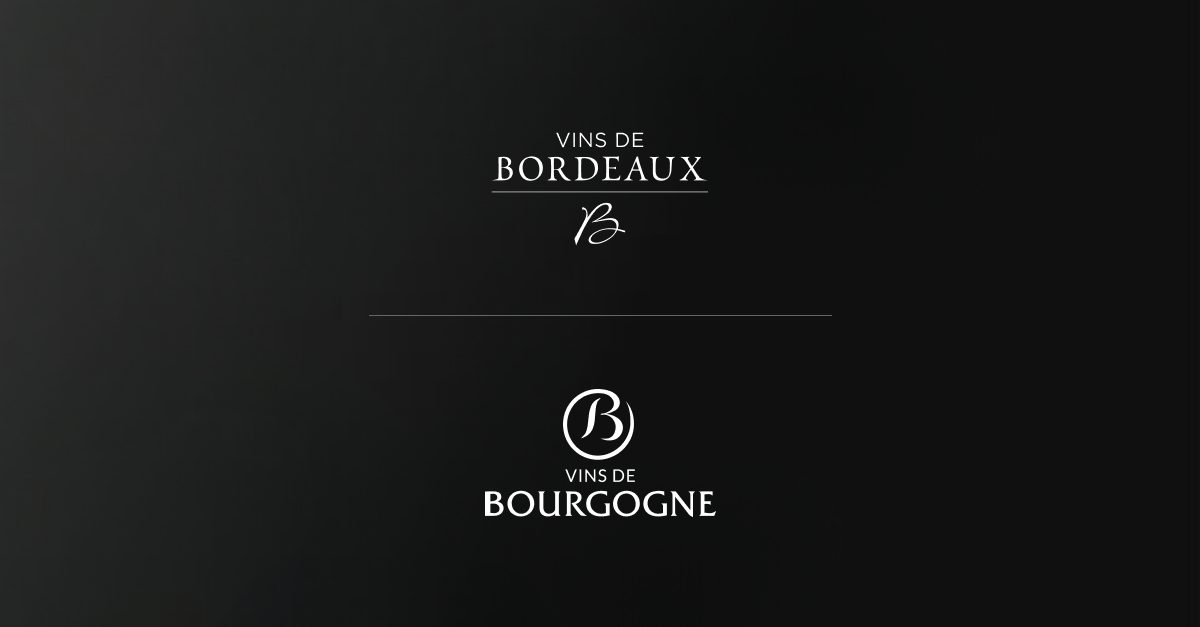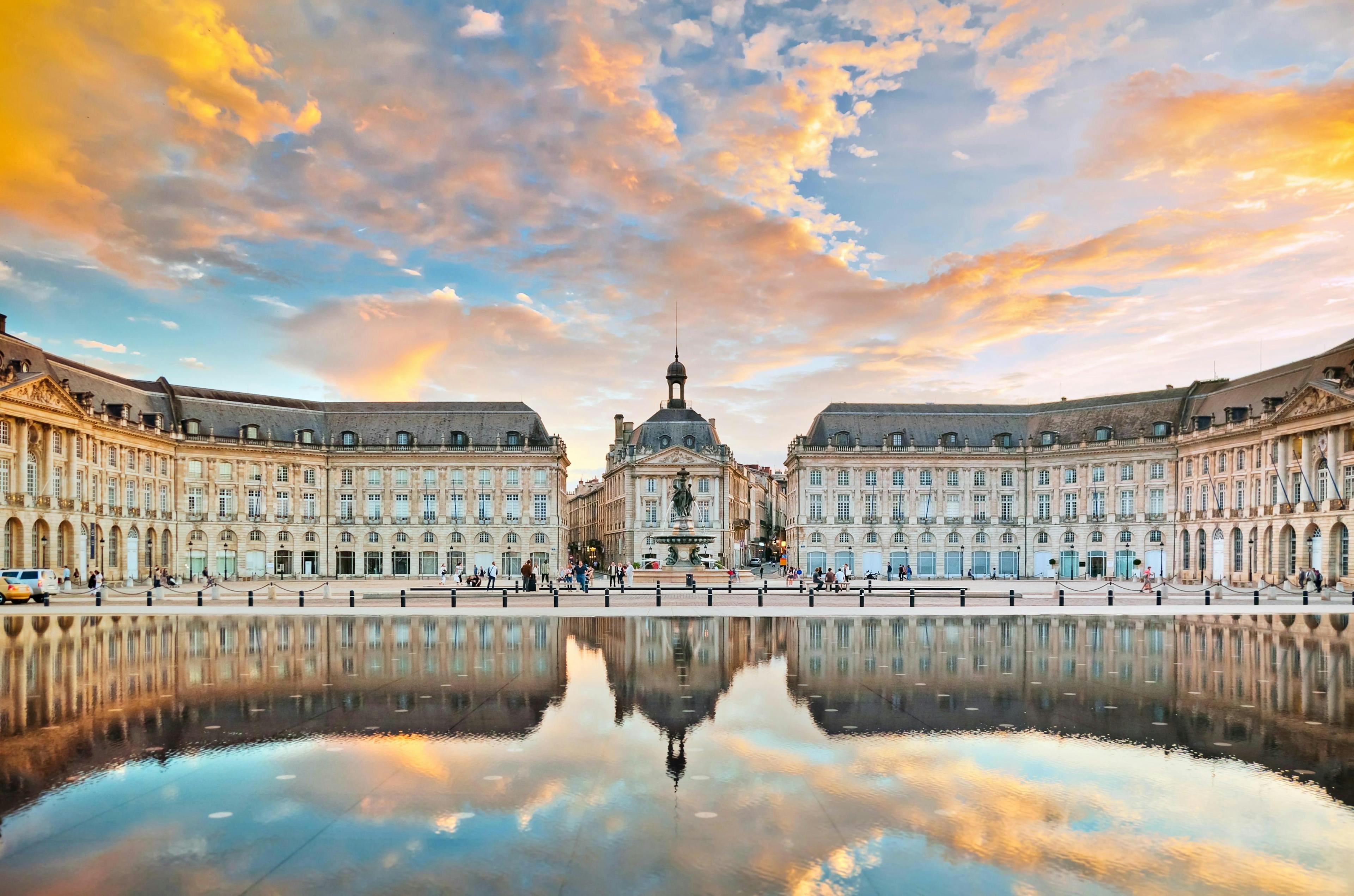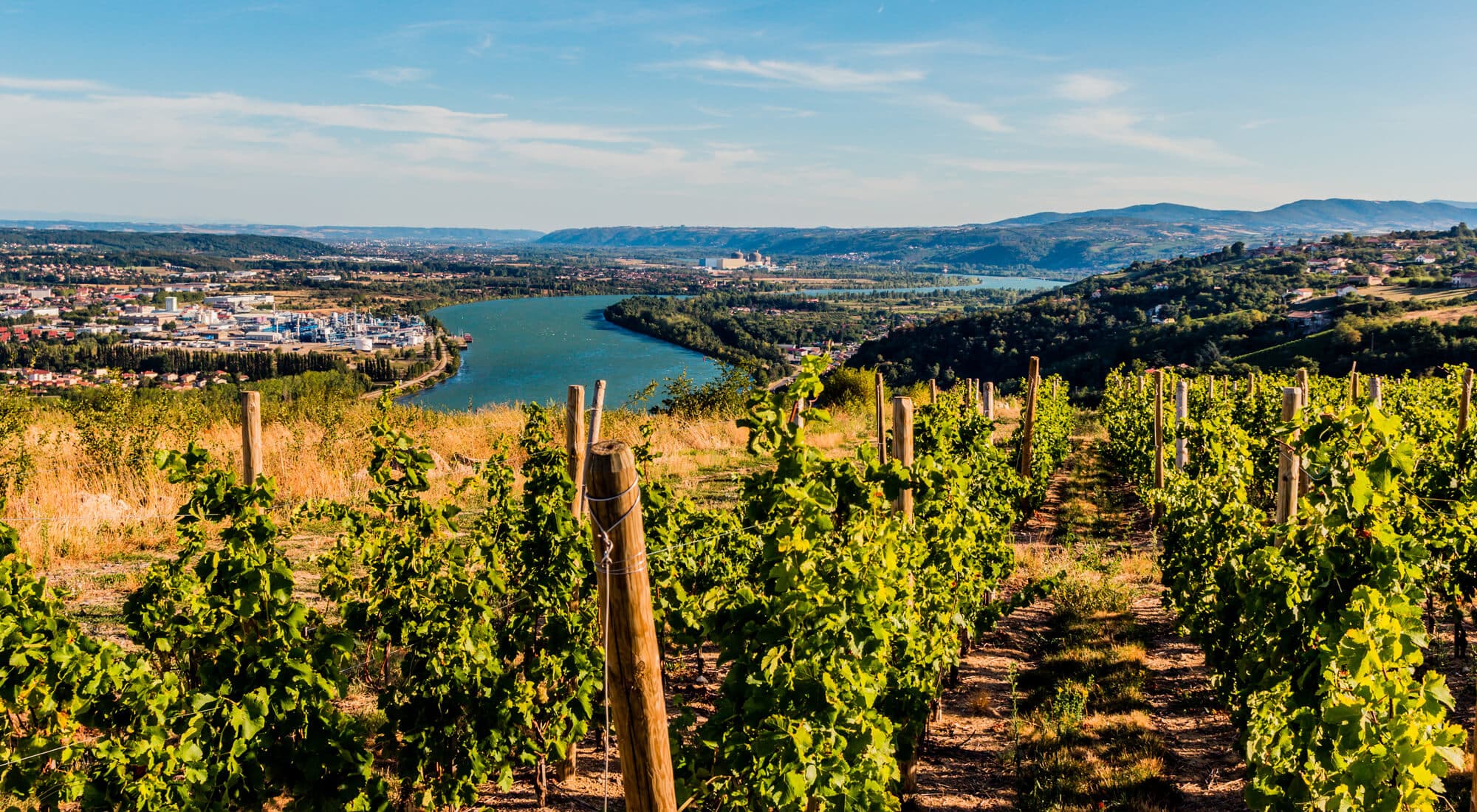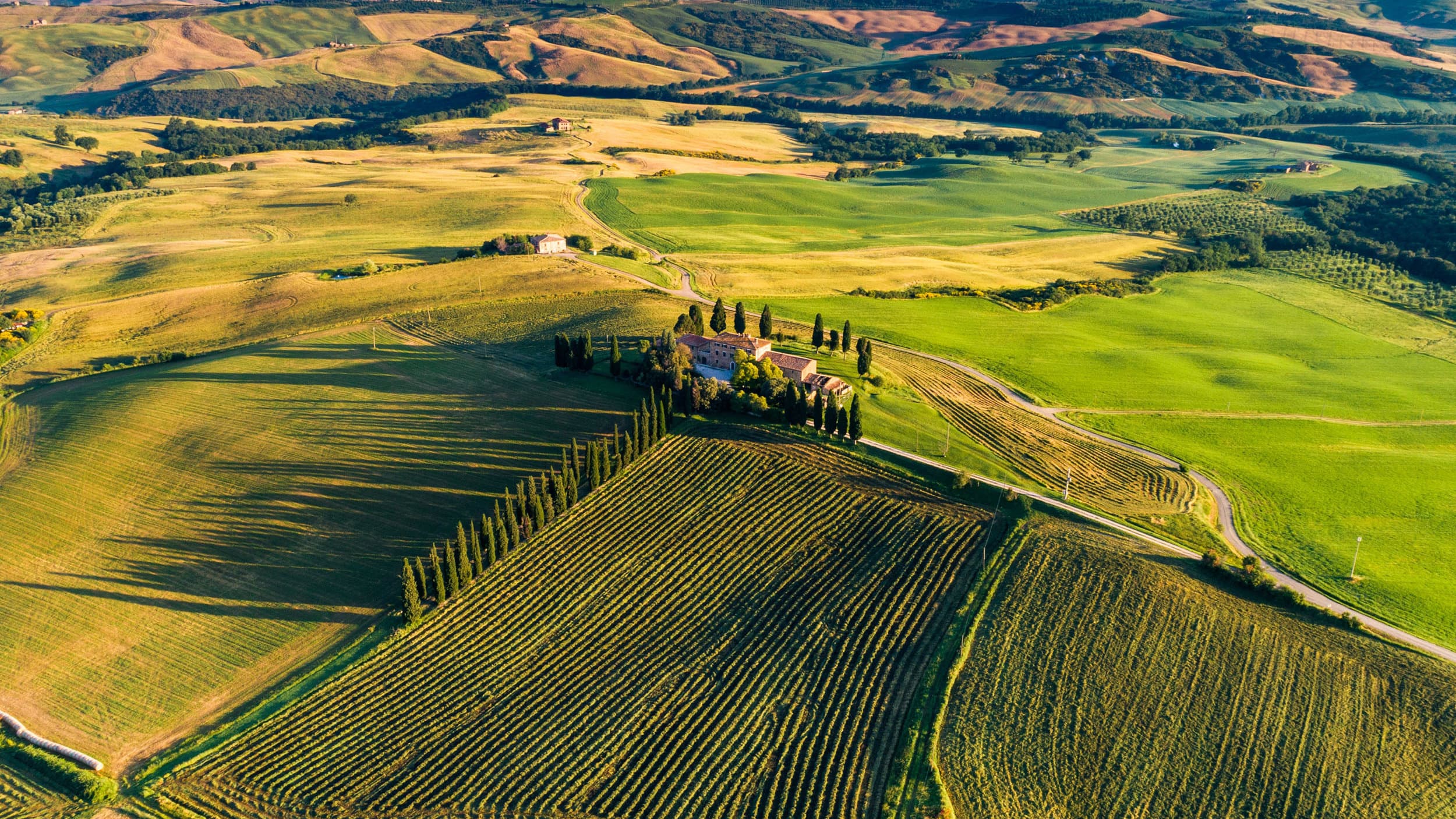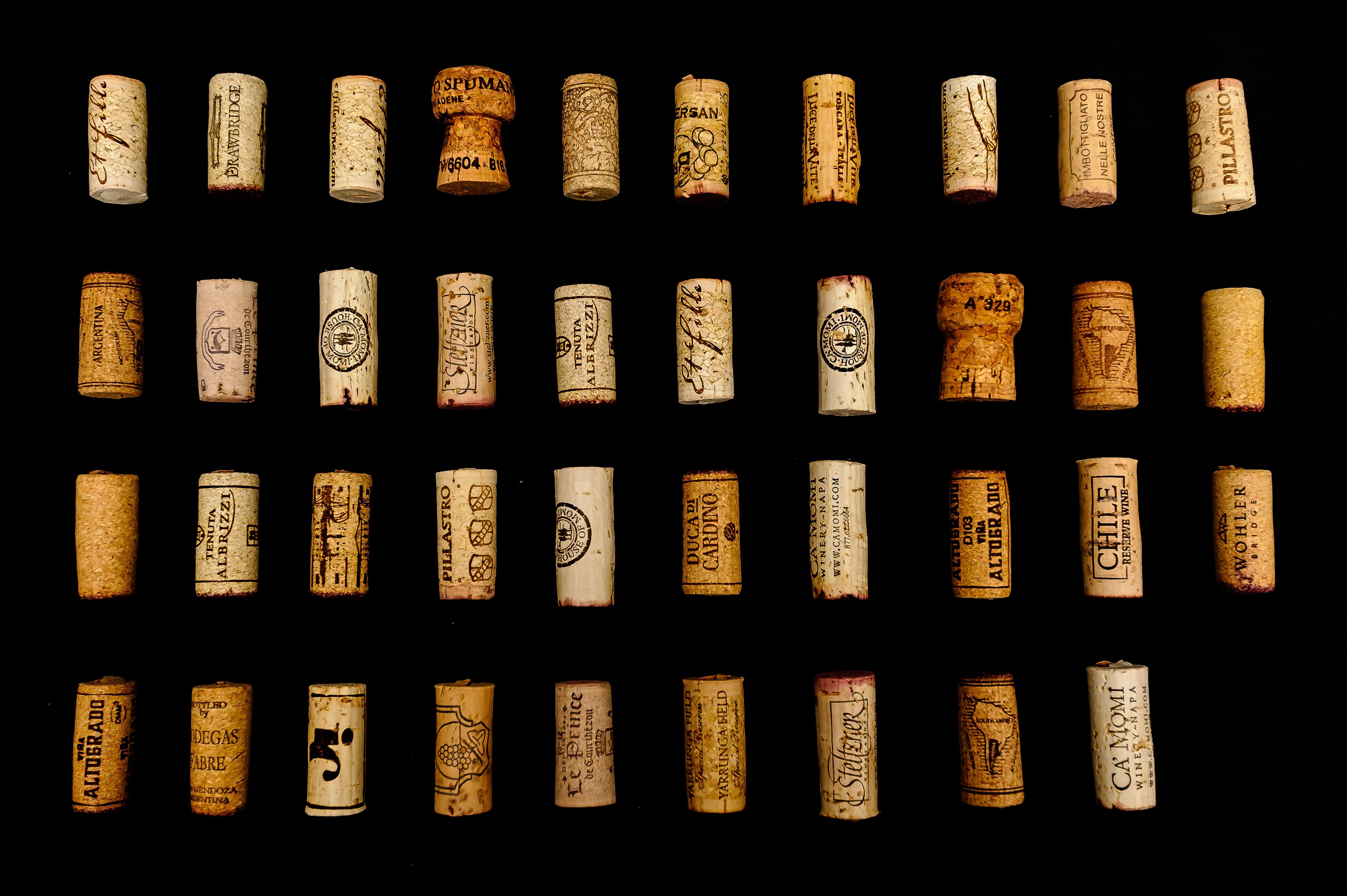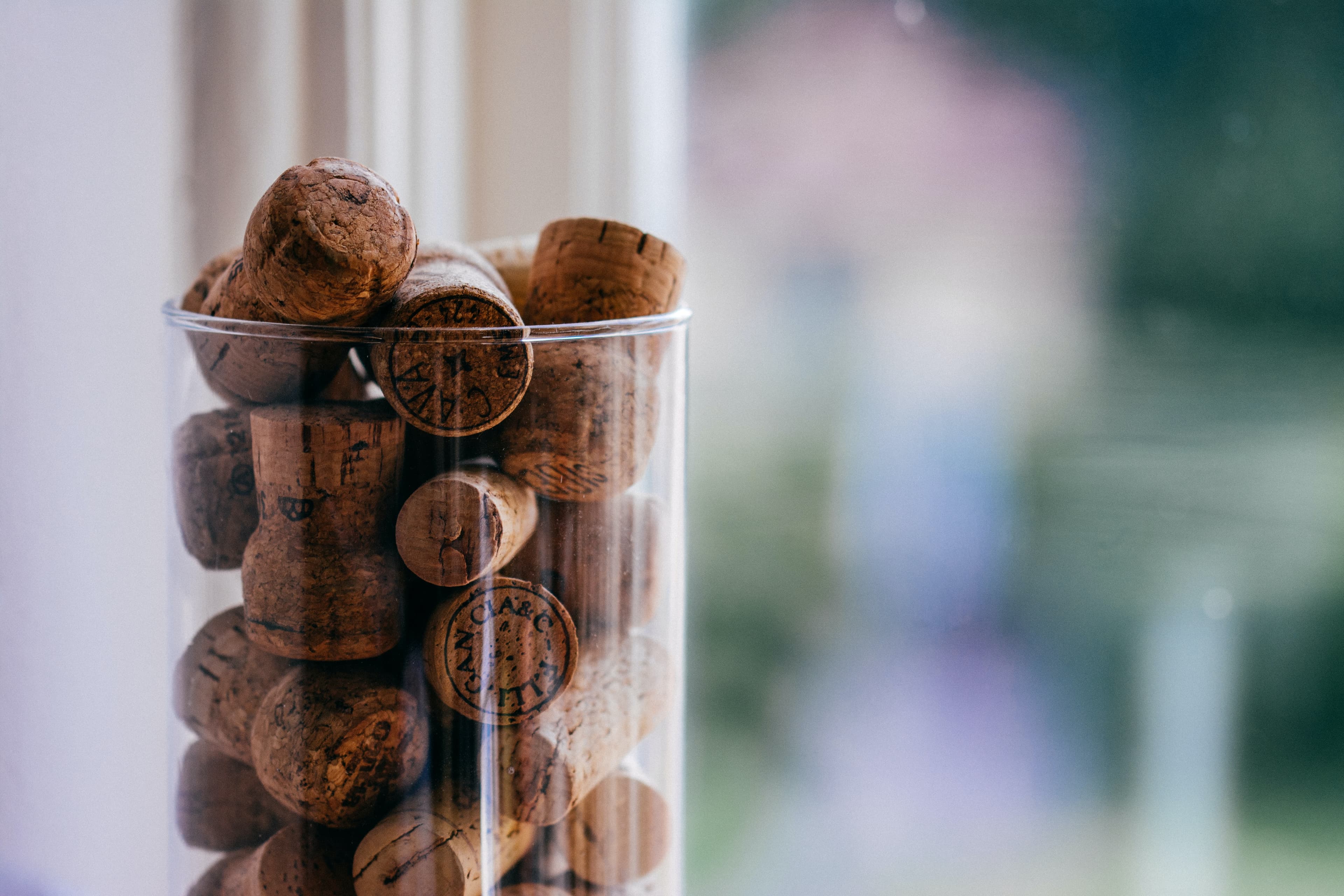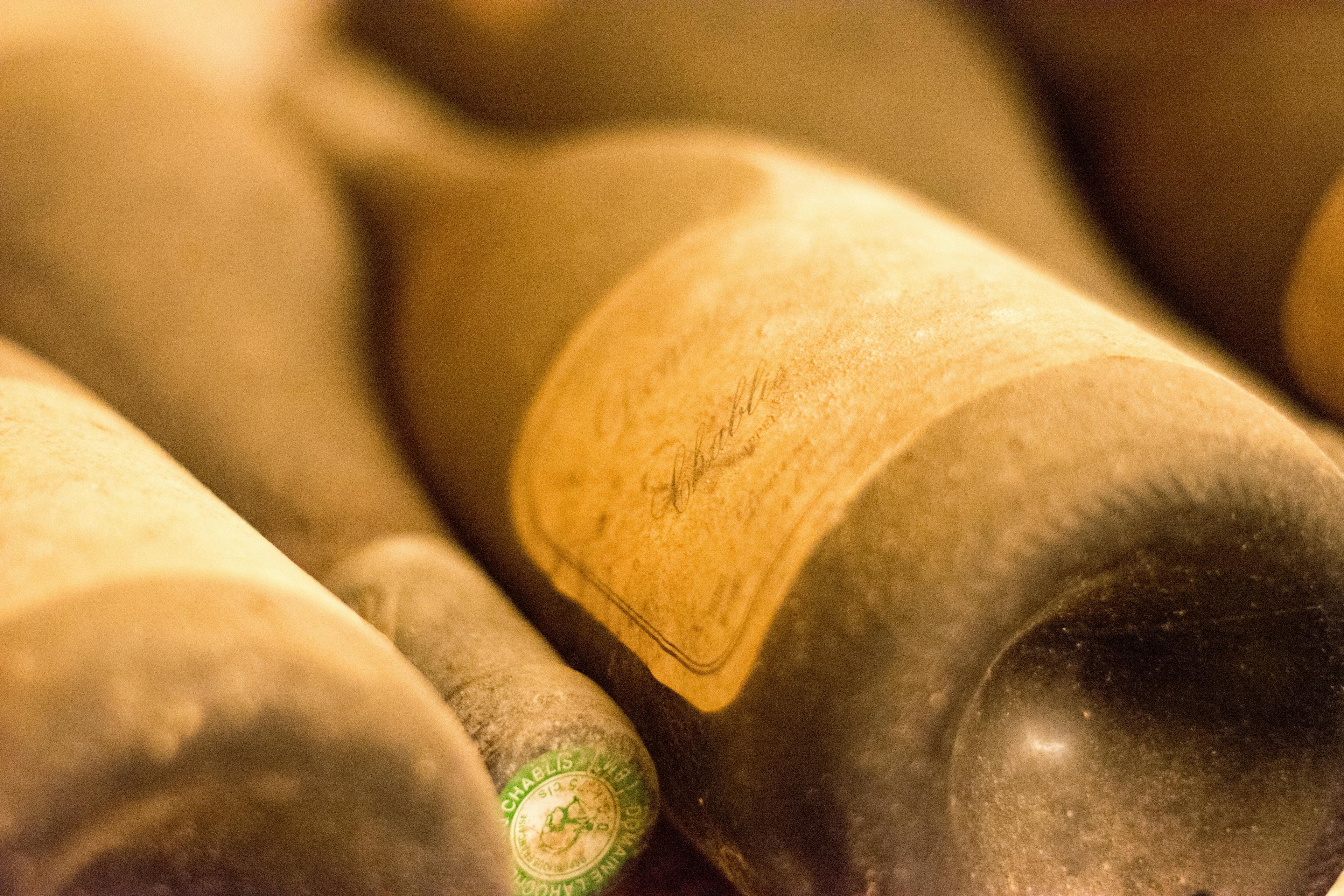What is the History Behind Bartolo Mascarello?
12 min read
Head of Content
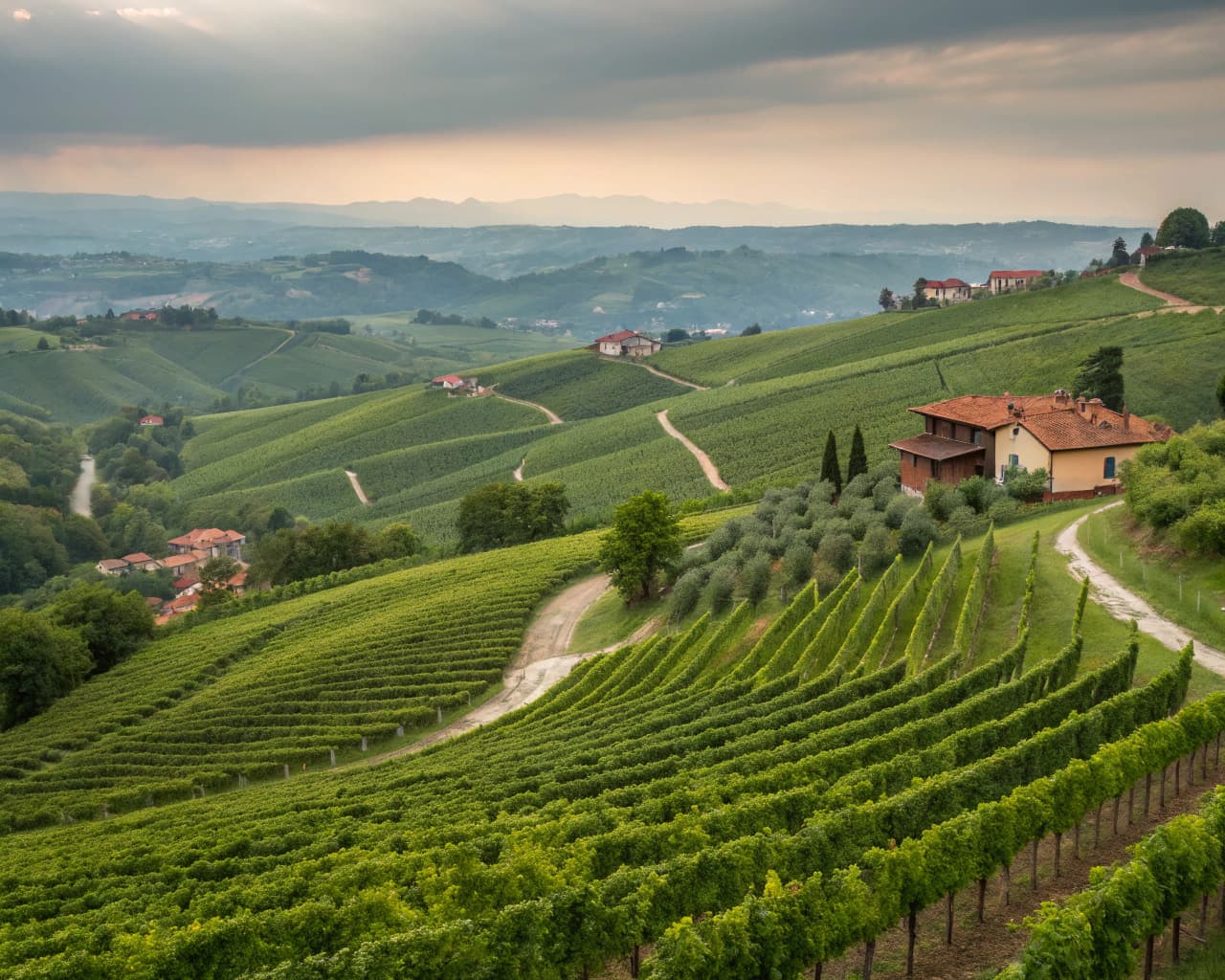
Bartolo Mascarello is a name that resonates deeply in the world of fine wines, particularly in the Barolo region of Italy. Known for his staunch traditionalism and exceptional winemaking skills, Mascarello's legacy is a fascinating blend of history, art, and dedication to quality. This article delves into the life and times of Bartolo Mascarello, exploring how his philosophies and practices have shaped the wine industry. From his early beginnings to becoming a symbol of traditional Barolo, his story is not just about wine, but about a steadfast commitment to authenticity and excellence.
The Founding of Bartolo Mascarello Winery
The Bartolo Mascarello winery, a revered name in the world of fine wines, was established in the picturesque region of Barolo, Italy. Its inception dates back to the early 20th century when Bartolo Mascarello himself decided to pursue his passion for winemaking. He was a staunch advocate for traditional methods, which he believed were essential to producing wines that truly represent their terroir.
Preservation of Tradition: From the beginning, the winery focused on maintaining the classic techniques of Barolo production. This included the use of old Slavonian oak barrels and a firm stance against modern shortcuts like barrique aging or excessive filtration.
Family Legacy: Bartolo's dedication was passed down through generations, with each Mascarello continuing to uphold these time-honored practices. Their commitment ensures that every bottle offers a genuine taste of their rich heritage.
Artistic Labels: Another unique aspect of the winery is its labels, which are often adorned with original artwork. These labels reflect the family's deep connection to local culture and history, adding a personal touch that complements the wine's character.
Through these elements, Bartolo Mascarello Winery not only crafts exceptional wines but also preserves a piece of Italian winemaking history.
Key Figures in the History of Bartolo Mascarello
Bartolo Mascarello, a name synonymous with traditional Barolo wines, has been shaped significantly by key figures throughout its history. The most notable among them was Bartolo Mascarello himself, who led the winery from the mid-20th century until his death in 2005. His staunch advocacy for traditional winemaking methods, including the use of old Slavonian oak barrels and long maceration periods, set a benchmark in the region.
His daughter, Maria Teresa Mascarello, took over the winery's operations after his passing. She continues to uphold the legacy of her father, ensuring that the winemaking process remains true to its roots. Her dedication to maintaining the high standards set by her father has been instrumental in preserving the winery's reputation.
Giuseppe Mascarello, Bartolo's father, also played a crucial role during the early years. He was responsible for acquiring some of the best vineyards in the Barolo area, which are still part of the estate today. These vineyards are key to the unique character of their wines.
For those looking to store Bartolo Mascarello wines, it's essential to understand the impact of these figures on the winery's philosophy and practices. Their influence ensures that each bottle reflects a deep respect for tradition and quality.
Milestones: Major Events in Bartolo Mascarello’s Timeline
Bartolo Mascarello, a revered figure in the world of Barolo wine, has a history marked by significant milestones that shaped his legacy. Born in 1926 in the heart of the Langhe region of Piedmont, Italy, Mascarello was deeply influenced by his father and grandfather, both of whom were also esteemed winemakers. This generational passage of knowledge was crucial in honing his skills and philosophy towards winemaking.
In 1945, following World War II, Mascarello returned to his family's winery to begin his lifelong journey in viticulture. He quickly became a staunch advocate for traditional Barolo winemaking techniques, opposing the then-modern trends of using small French oak barrels. His commitment to using large Slavonian oak casks and extended maceration periods became a hallmark of his style, emphasizing the importance of terroir and purity of expression.
The 1960s and 1970s saw Mascarello rise to prominence as he tirelessly defended the classic methods of Barolo production. His efforts culminated in the 1980s when his Barolos were recognized globally for their exceptional quality and adherence to tradition.
For those enjoying Bartolo Mascarello's wines today, it's evident that his dedication to authenticity and quality has left an indelible mark on the wine world. His legacy continues to influence new generations of winemakers in Piedmont and beyond.
The Role of Bartolo Mascarello During War Times
During the tumultuous years of World War II, Bartolo Mascarello, a renowned winemaker from Piedmont, played a significant role in both the local community and the broader Italian resistance. His winery became a discreet meeting point for resistance fighters, where strategies were discussed over glasses of Barolo. Mascarello's commitment to preserving traditional winemaking methods also served as a form of cultural resistance against the industrialization that fascist regimes often pushed.
Preservation of Heritage: Amidst the chaos of war, Mascarello dedicated himself to maintaining the artisanal practices of Barolo wine production, ensuring that these methods were not lost to future generations.
Support for Resistance Fighters: By providing a safe haven within his cellars, he indirectly supported the efforts against the fascist regime, risking his own safety for the sake of freedom.
Cultural Symbolism: The wine produced during these years was later viewed as a symbol of resilience and defiance, embodying the spirit of an Italy that refused to succumb to oppression.
Through these actions, the characteristics of Bartolo Mascarello's legacy during wartime are not only about the wine but also about a deeper resistance and preservation of identity.
Evolution of Winemaking Techniques at Bartolo Mascarello
The winemaking techniques at Bartolo Mascarello have undergone significant transformations over the decades, reflecting both tradition and innovation. Initially, the focus was on producing wine using very basic, manual methods which were labor-intensive but cherished for their ability to highlight natural flavors. As technology advanced, so did the methods employed at the winery.
In the mid-20th century, Bartolo Mascarello himself was a staunch advocate for traditional winemaking. He resisted the trend towards modernization that included the use of barriques (small oak barrels) and insisted on aging his wines in large Slavonian oak casks. This method preserved the authentic taste and complexity of the local grape varieties.
Preservation of Old Techniques: Despite industry shifts, the winery maintained its commitment to old-style methods, which include long maceration periods and natural fermentation processes.
Adoption of Sustainable Practices: More recently, there has been a shift towards incorporating sustainable and organic practices to ensure environmental responsibility.
Educational Outreach: The winery also focuses on educating visitors about the importance of traditional methods through tours and tastings.
For more detailed facts, exploring the evolution of winemaking at Bartolo Mascarello offers a fascinating glimpse into how classic techniques can coexist with modern demands.
Historical Challenges and Triumphs
Throughout its storied existence, Bartolo Mascarello has faced numerous historical challenges and triumphs, each shaping the winery into the revered label it is today. Initially, the winery struggled with the economic difficulties post-World War II, a period marked by scarcity and hardship. However, the resilience and dedication of the Mascarello family quickly turned these trials into opportunities for innovation and growth.
In the 1960s, a significant triumph was the decision to stick with traditional winemaking methods when many others shifted towards more modern techniques. This commitment to classic Barolo styles eventually paid off, earning the winery a dedicated following and critical acclaim. Another notable challenge was the phylloxera outbreak, which devastated many European vineyards. Bartolo Mascarello's meticulous approach to vineyard management and its early adoption of grafting techniques helped safeguard their vines, preserving the continuity of their wine's quality.
Moreover, the regulatory changes in the 1980s posed both a challenge and an opportunity. By actively participating in debates and advocating for maintaining high standards, the winery not only navigated these changes successfully but also reinforced its leadership in the Barolo community.
For those interested in experiencing the rich history and exquisite craftsmanship of Bartolo Mascarello, learning how to properly serve it can enhance the tasting experience, reflecting the legacy and the meticulous care that goes into each bottle.
The Passing of Tradition: Generational Changes
The legacy of Bartolo Mascarello is deeply rooted in the traditions of Barolo winemaking, which have been passed down through generations. Each successor has brought subtle changes while maintaining the core philosophy of producing wine in a classic, non-interventionist style. Maria Teresa, Bartolo's daughter, took over the winery in 2005 after her father's passing. Her stewardship marks a significant generational shift, yet she continues to honor her father's methods, emphasizing the importance of terroir and artisanal processes.
Under Maria Teresa's guidance, the winery has seen a reinforcement of sustainable practices, including organic farming, which was always a part of the Mascarello methodology. This transition ensures that the purity of flavor and the connection to the land remain intact, preserving the legacy for future generations. Her approach has also allowed for the exploration of new food pairings, enhancing the enjoyment of Mascarello wines with a variety of cuisines.
Respect for Tradition: Continuation of age-old winemaking practices.
Sustainable Innovations: Adoption of organic farming to enhance biodiversity.
Culinary Exploration: Introduction of new pairings to complement the wines.
Historical Vintages and Their Stories
Bartolo Mascarello, a name synonymous with traditional Barolo, has produced wines that are not only a testament to the region's rich heritage but also to the exceptional craftsmanship that defines this iconic winery. Each vintage tells a unique story, reflecting the climatic conditions, winemaking techniques, and philosophies of the time.
1945 Vintage: This year marked the end of World War II, bringing a renewed sense of hope and freedom that was mirrored in the robust, vibrant character of the wine produced. It remains a symbol of resilience and renewal in the winery's history.
1961 Vintage: Known for its elegance and balance, the 1961 vintage was crafted during a particularly harmonious growing season, which is evident in its silky tannins and complex aromatics. It stands as a benchmark for evaluating the quality and consistency of the region's output.
1982 Vintage: A year that brought with it an abundance of sunshine and optimal weather conditions, resulting in a wine that is both lush and opulent. The 1982 vintage is often celebrated for its rich texture and depth, showcasing the potential of perfectly timed harvests.
2001 Vintage: Entering the new millennium, this vintage captures the essence of transition and modernization in winemaking techniques while still honoring traditional methods. It is noted for its structured body and potential for aging, offering a glimpse into the future of Barolo.
Each of these vintages not only reflects the environmental conditions of their respective years but also illustrates how Mascarello's dedication to quality and authenticity has been maintained throughout decades.
Bartolo Mascarello’s Influence on Italian Winemaking
Bartolo Mascarello, a revered figure in the world of Italian winemaking, has left an indelible mark on the industry. His commitment to traditional methods and staunch opposition to modern shortcuts helped preserve the integrity and authenticity of Barolo wines. Under his guidance, the Mascarello winery consistently produced wines that were not only reflective of the terroir but also stood as benchmarks of quality.
Adherence to Tradition: Mascarello was a vocal critic of chemical interventions and industrial techniques. He believed in the power of natural winemaking, which he argued was essential for achieving the true expression of the Nebbiolo grape.
Innovation within Bounds: While he maintained traditional methods, Mascarello also introduced subtle innovations that enhanced the natural aging potential of his wines without compromising their traditional character.
Education and Mentorship: Through his work, Mascarello educated both peers and consumers about the importance of sustainable practices and the impact of terroir on wine quality.
His influence is particularly evident in some of the popular vintages that are celebrated for their complexity and depth, embodying his philosophy of winemaking. These vintages have become a testament to his legacy, continuing to inspire winemakers and wine enthusiasts around the world.
Preserving History: Efforts to Maintain Legacy
Bartolo Mascarello, a revered figure in the Barolo wine region, has left an indelible mark on the industry. His commitment to traditional winemaking practices has influenced generations. To preserve this rich legacy, several initiatives have been undertaken:
Family Involvement: Maria Teresa, Bartolo's daughter, continues to run the winery with the same philosophies her father championed. This direct lineage ensures that the foundational practices and ethos of Bartolo remain intact.
Museum Exhibits: Local museums have curated exhibits showcasing artifacts, original wine labels, and personal notes from Bartolo. These displays help educate visitors about his methods and philosophy.
Educational Programs: Wine schools and universities often include case studies on Bartolo Mascarello in their curriculum. These programs aim to teach students about the impact of traditional winemaking in modern practices.
Collaborative Events: Annually, the winery hosts events with other traditional Barolo producers. These gatherings foster a sense of community and shared commitment to maintaining the old ways of winemaking.
Through these efforts, the essence of Bartolo Mascarello’s work continues to influence and inspire the wine world, ensuring his methods and legacy are not forgotten but celebrated.
Conclusion
In conclusion, the story of Bartolo Mascarello is a testament to the enduring allure of traditional winemaking in the face of modern pressures. As we've explored, Mascarello's commitment to classic, artisanal methods has not only preserved a rich heritage but has also set a benchmark in the Barolo wine landscape. This dedication to quality and tradition is what makes wines like those from Bartolo Mascarello highly sought after by collectors and enthusiasts around the world.
For those looking to invest in such prestigious labels, Rekolt offers a seamless solution that extends beyond mere acquisition. Understanding the importance of provenance and optimal storage conditions, Rekolt provides a professional cellar storage option. This service ensures that the intrinsic value and the exquisite character of your wine, like that of Bartolo Mascarello's, are meticulously preserved. Moreover, our platform facilitates easy trading and reselling, making it not just a purchase but a smart investment in the liquid luxury of fine wine. Whether you are a seasoned collector or a new enthusiast, Rekolt empowers you to explore, invest, and appreciate the world of fine wines with confidence and ease.
Share this article
